Carbon fiber is a fiber-reinforced composite material with excellent mechanical properties and chemical stability. It is widely used in aviation, aerospace, sports equipment and other fields.
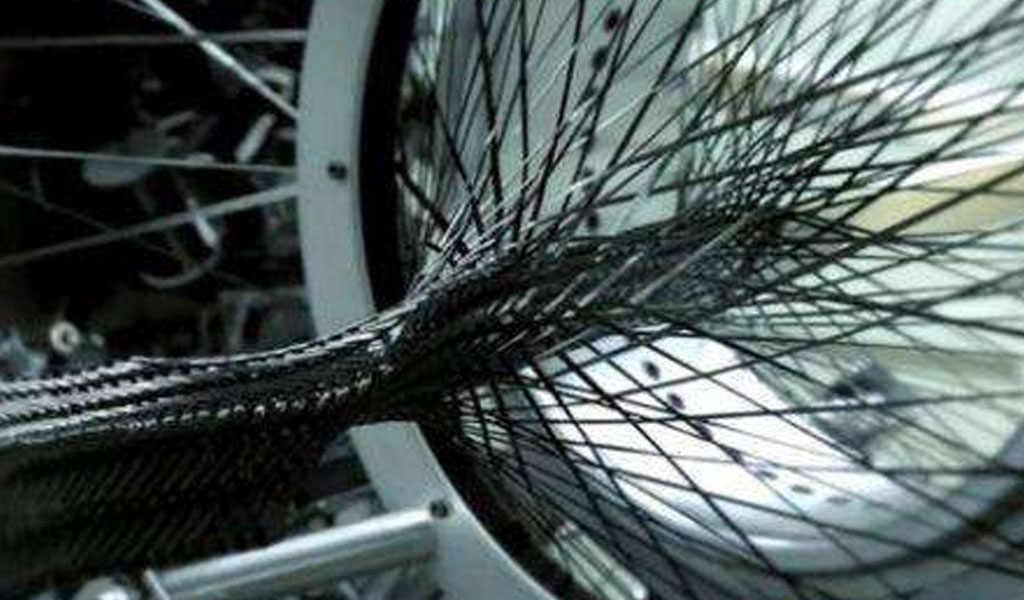
Carbon fiber is lighter than metal aluminum but stronger than steel. It has the characteristics of corrosion resistance, high modulus, low density, no creep, good electrical and thermal conductivity, ultra-high temperature resistance in non-oxidizing environment, and good fatigue resistance.
It not only has the inherent characteristics of carbon materials, but also has the soft processability of textile fibers. It is widely used in military, aerospace, sporting goods, automotive industry, energy equipment, medical equipment, engineering machinery, transportation, etc. It is an important strategic material for the development of national defense industry and national economy.
Carbon fiber materials have been around for decades. In these decades, Japan has developed the fastest. Toray, Teijin, and Mitsubishi Chemical have made great efforts in the preparation of carbon fibers. Although carbon fiber is very high-end, it does not prevent us from understanding it. Let’s take a look at the classifications of carbon fiber.
4 Ways To Classify Carbon Fiber
- According to raw materials and manufacturing processes: Carbon fibers can be divided into two categories: organic precursor method and vapor growth method carbon fiber according to raw materials and manufacturing processes. Among them, carbon fibers prepared by organic precursor method can be subdivided into viscose fibers according to the raw material fibers used. Gum-based, polyacrylonitrile-based, pitch-based, phenolic-based carbon and graphite fibers. The most commonly used one we see is polyacrylonitrile (PAN)-based carbon fiber.
- According to heat treatment temperature and atmosphere medium: Carbon fiber is divided into carbon fiber (800~1500℃; N2, H2), graphite fiber (2000~3000℃, N2 or Ar) and activated carbon fiber (700~1000℃) according to the treatment temperature and atmosphere medium. ; Water vapor or CO2+N2). In Japan and Western Europe, carbon fiber and graphite fiber are collectively called carbon fiber. China and the United States will subdivide them based on different heat treatment temperatures.
- According to mechanical properties: Carbon fiber can be divided into two categories: general grade (GP) and high performance (HP) according to mechanical properties. General grade (GP) carbon fiber usually refers to carbon fiber products with tensile strength <1.2GPa; tensile modulus <50GPa; high-performance (HP) carbon fiber is subdivided into standard types (such as Japan Toray T-300 brand, tensile modulus Strength 3.53GPa9 tensile modulus 230GPa), high-strength type (tensile strength ≥ 4.00GPa), high model (tensile modulus ≥ 390GPa) and high-strength high model (such as Japanese MJ series varieties, tensile strength 3.92~4.41GPa, Tensile modulus 377 ~ 588GPa) and other varieties. High-Strength and High-Models in High-Performance (HP) Carbon Fiber is a very valuable material in aerospace.
- According to product form: According to product form, carbon fiber can be divided into filaments (including bundles and single yarns with different numbers of holes), bundle short fibers, ultra-fine short fibers (containing whiskers by gas phase method); fabrics (cloths, belts) , rope), woven fabrics (three-way and multi-way fabrics, cylindrical tubes, etc.) and various forms of carbon (graphite) fibers and fabrics such as weftless fabrics, non-woven fabrics, felt, paper, etc. The performance of filament carbon fiber is better than that of several other types, so the production process of continuous carbon fiber reinforcement is also the most difficult to achieve.
According To Raw Material System
Carbon fiber is mainly divided into three categories: viscose, asphalt and polyacrylonitrile (PAN). Among them, PAN-based carbon fiber is an ideal choice for producing high-performance carbon fiber due to its simple production process, low cost, high carbonization absorption rate, and excellent mechanical properties. The most promising precursor. The carbon fiber prepared by it has the best comprehensive performance, the production process is mature and simple, and it is the most widely used. Its production is the mainstream of the global carbon fiber market, accounting for more than 90% of the total global carbon fiber production.
Depending On The Size Of The Bale
Carbon fiber can be divided into small bundles and large bundles. Small bundles of carbon fiber were mainly 1K, 3K, and 6K at the beginning, and later gradually developed into 12K and 24K. They are mainly used in high-tech fields such as the defense industry, as well as sports and leisure products, such as aircraft and missiles. , rockets, satellites and fishing gear, etc., golf clubs, tennis rackets, etc. Generally, carbon fiber above 48K is called large wire carbon fiber, including 48K, 60K, 80K, etc.
Different Types Of Carbon Fibers
Carbon fiber is a new material made of pre-oxidized and carbonized polyacrylonitrile fiber and pitch fiber. It is light in weight, high in strength, resistant to high temperature and wear. There are many kinds of it, and the specific performance is different. The following editor will talk about the specific performance of different kinds of carbon fibers.
- Universal carbon fiber:The density is 1.7g/cm^3, the tensile strength is 1200MPa, the specific strength is 7.1×10^6, the tensile modulus is 48GPa, the specific modulus is 2.8~85.1×10^2, and the fracture strain is 2.5%.
- High-strength T300 carbon fiber:Density 1.76g/cm^3, tensile strength 3530MPa, specific strength 20.1×10^6, tensile modulus 230GPa, specific modulus 85.1×10^2, fracture strain 1.5%, resistivity 1.87 , thermal expansion coefficient -0.5×10^5, thermal conductivity 8W/m·K.
- Ultra-high-strength T1000 carbon fiber:The density is 1.82g/cm^3, the tensile strength is 7060MPa, the specific strength is 38.8×10^6, the tensile modulus is 294GPa, the specific modulus is 16.3×10^2, and the fracture strain is 2.4%.
- High Model M40J Carbon Fiber:Density 1.77g/cm^3, tensile strength 4410MPa, specific strength 24.9×10^6, tensile modulus 377GPa, specific modulus 21.3×10^2, fracture strain 1.2%, resistivity 1.02 , thermal conductivity 38W/m·K.
- Graphite fiber:Density 1.81~2.18/cm^3, tensile strength 2700MPa, specific strength 9.6~14.9×10^6, tensile modulus 392~827GPa, specific modulus 27.1~37.9×10^2, fracture strain 0.27%, resistivity 0.89 , thermal expansion coefficient -1.44×10^5, thermal conductivity 84~640W/m·K.
It can be seen from the above that the ultra-high-strength carbon fiber has the highest tensile strength, the high-model carbon fiber has a high tensile modulus, and the graphite fiber has a high tensile modulus and good electrical and thermal conductivity. Depending on their performance, they can be used in different fields. China Be-cu Prototype Material Technology Co., Ltd. has leading technology and complete equipment. It can produce and process various carbon fiber products according to customers’ drawings. It has accumulated rich experience in carbon fiber lightweight products such as automobile high-speed rail, drones, medical equipment R&D and manufacturing experience.
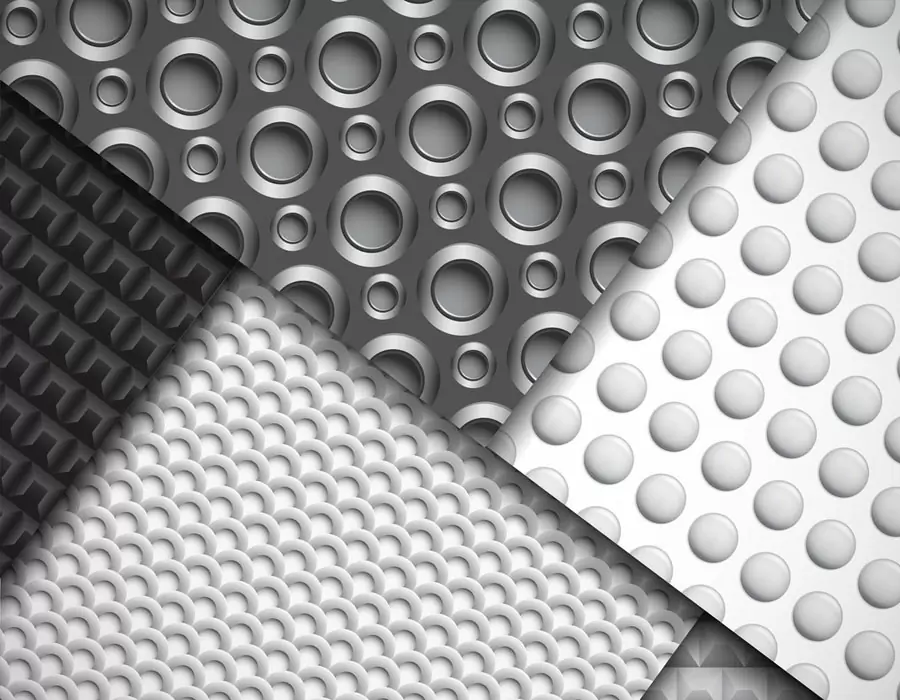
ISO 9001 certified. BE-CU Prototype Offering CNC machining carbon fiber and other manufacturing services for carbon fiber marterial. Various capabilities include notching, labeling, drilling carbon fiber, grinding, laser cutting carbon fiber, finishing, plating, marking, CNC milling carbon fiber and turning carbon fiber.We stock high quality 3k carbon fiber sheet in a variety of thickness, types and finish. Its a great material used in applications where light weight and strength are needed such as drones. Unlike other workshops, we have no min order and are often filling orders with a single part. We also don’t make you pay for the full sheet and you only get charged for what is used. With a large selection of material, you should find everything you need to make your project come to life. We are also able to handle larger production runs and provide a competitive pricing. If we don’t have the material or finish you require, we are more the willing to look at bringing it in for you.
What Is Carbon Fiber?Carbon fiber is made of polyacrylonitrile (PAN) (or pitch, viscose) and other organic fibers by carbonization (removal of most elements except carbon) by pyrolysis method under inert gas at high temperature above 1,000 °C. Inorganic polymer fibers with a carbon content of more than 90%.
-

3D Printing Continuous Fibres
-

3D Printing Short Fibre Filled Wires
-
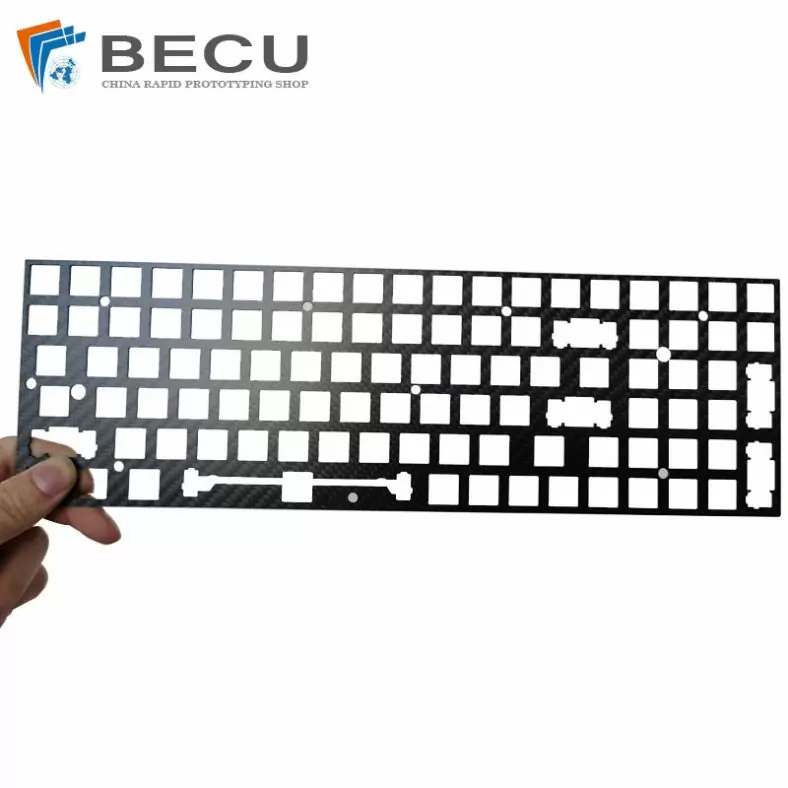
Laser Cutting Carbon Fiber Positioning Keyboard
-

Cnc Turning Industrial Copper-Aluminum Clad Carbon Fiber Machinery Parts
-
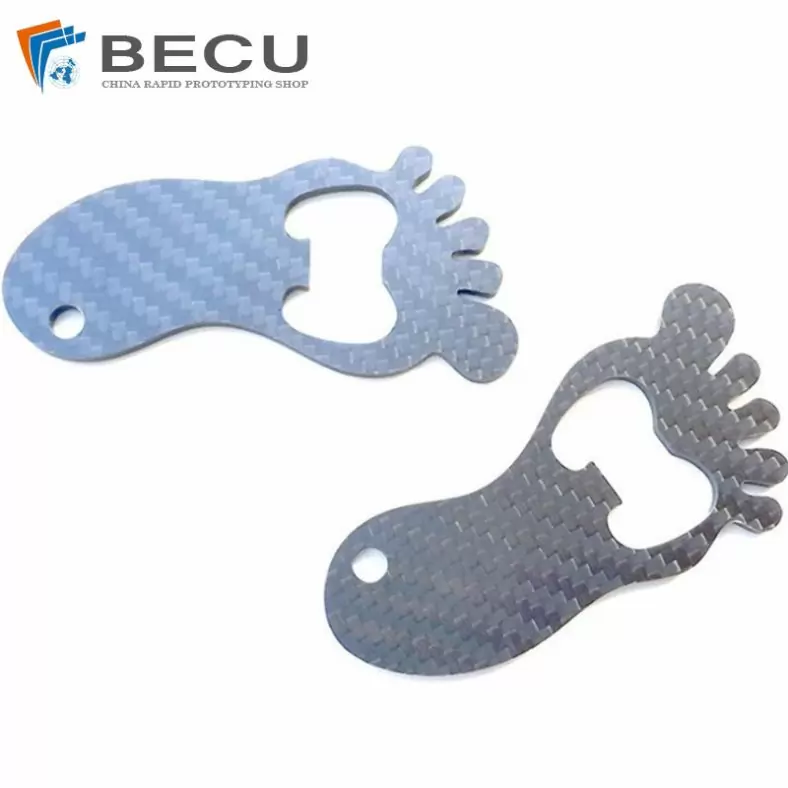
Carbon Fiber Luggage Tag Ornaments
-
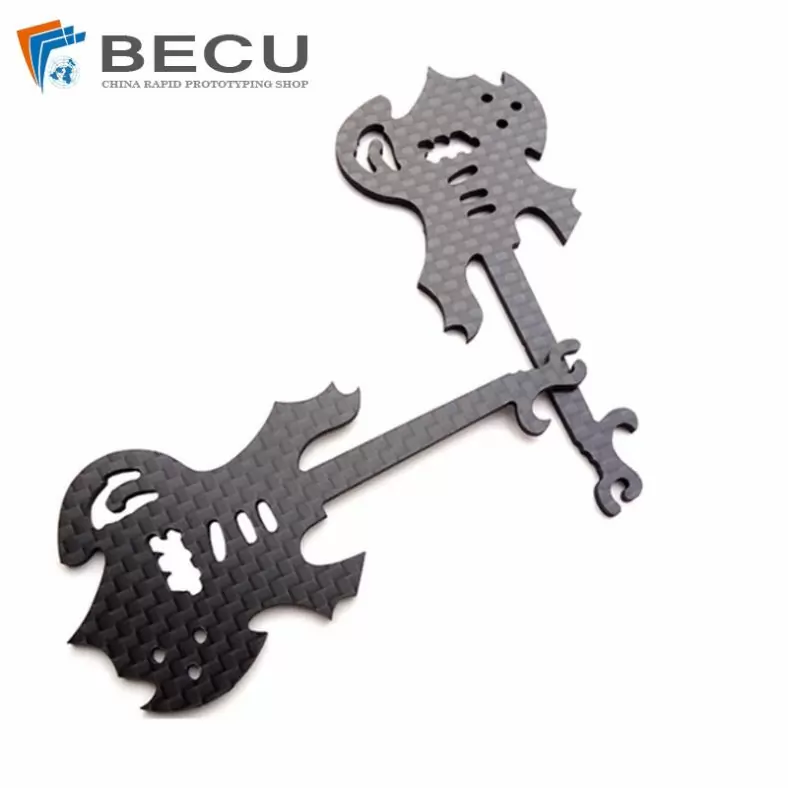
Laser Cutting Carbon Fiber Guitar Shape Crafts
-
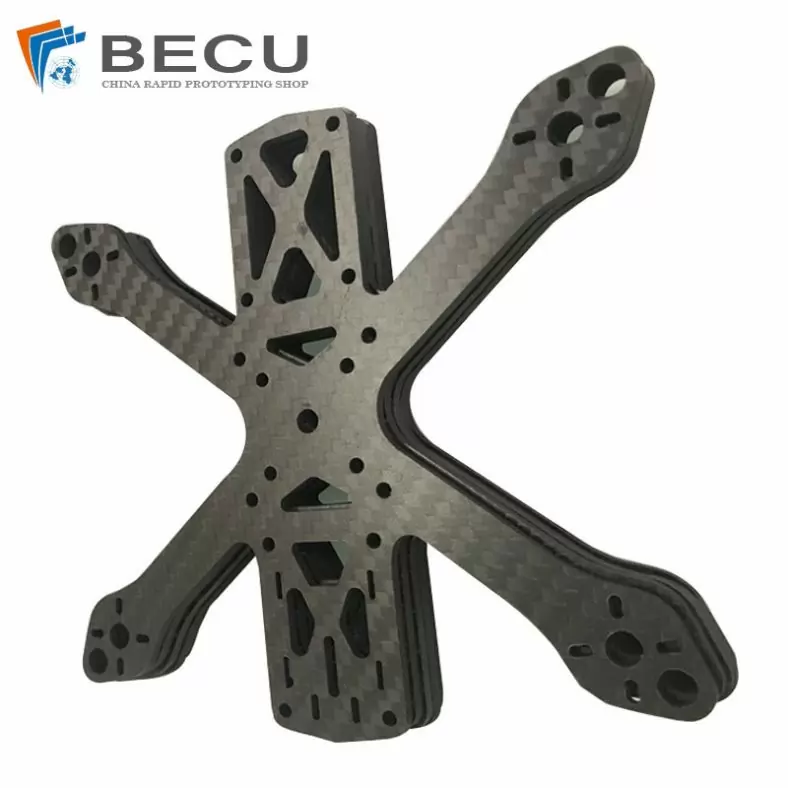
Laser Cutting Carbon Fiber Drone Rack
-
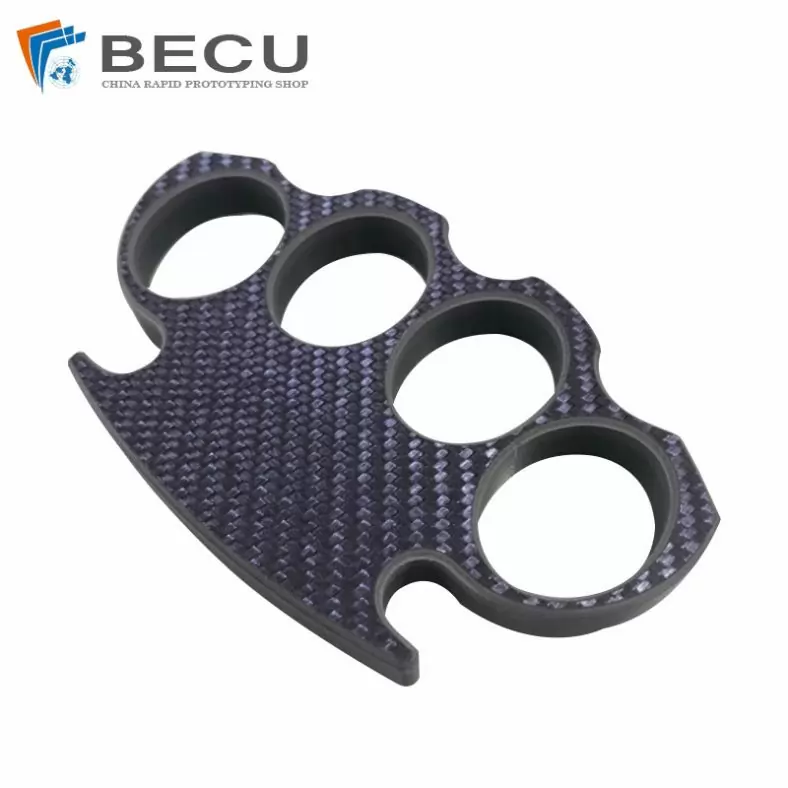
Cnc Milling Carbon Fiber Finger Buckle
